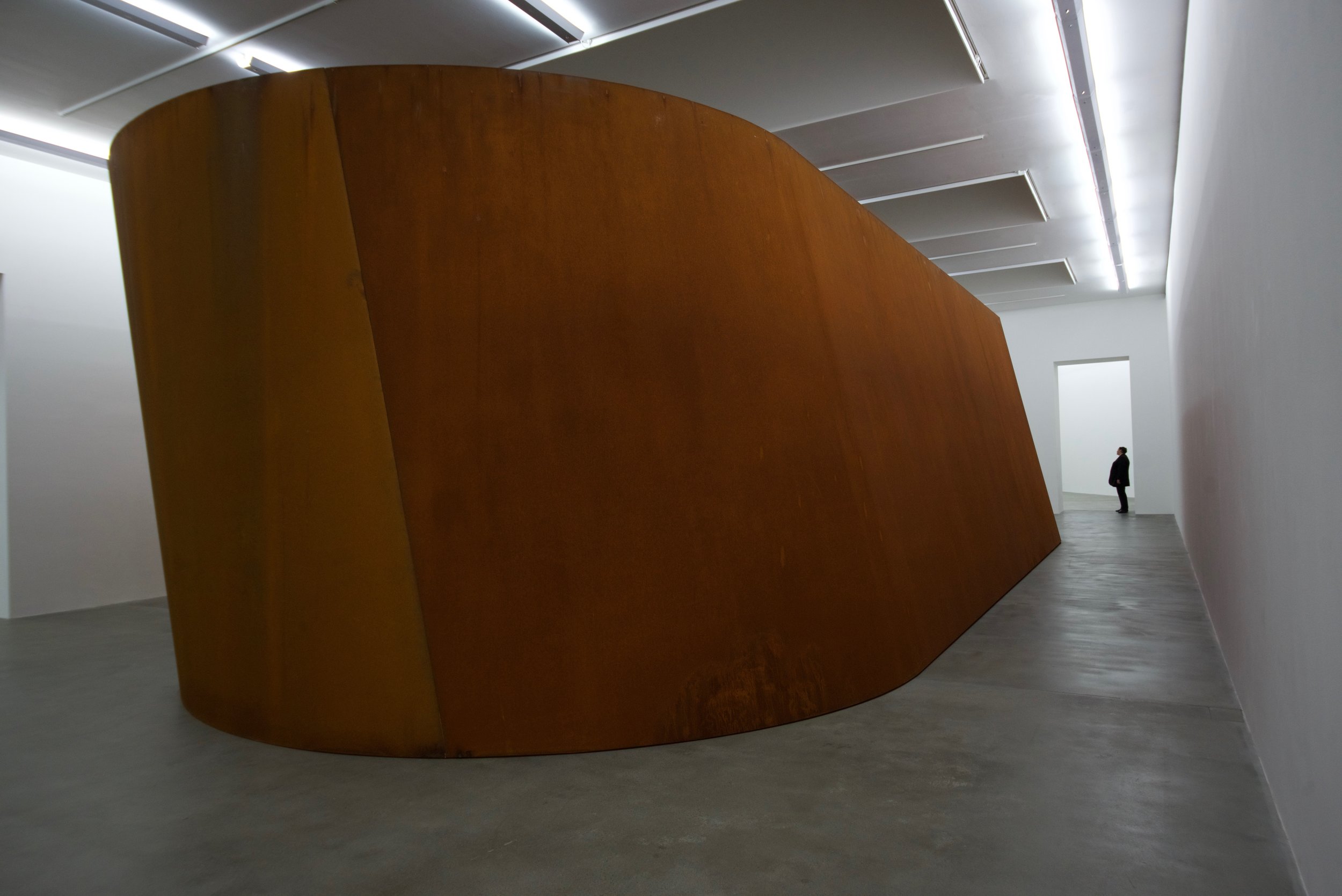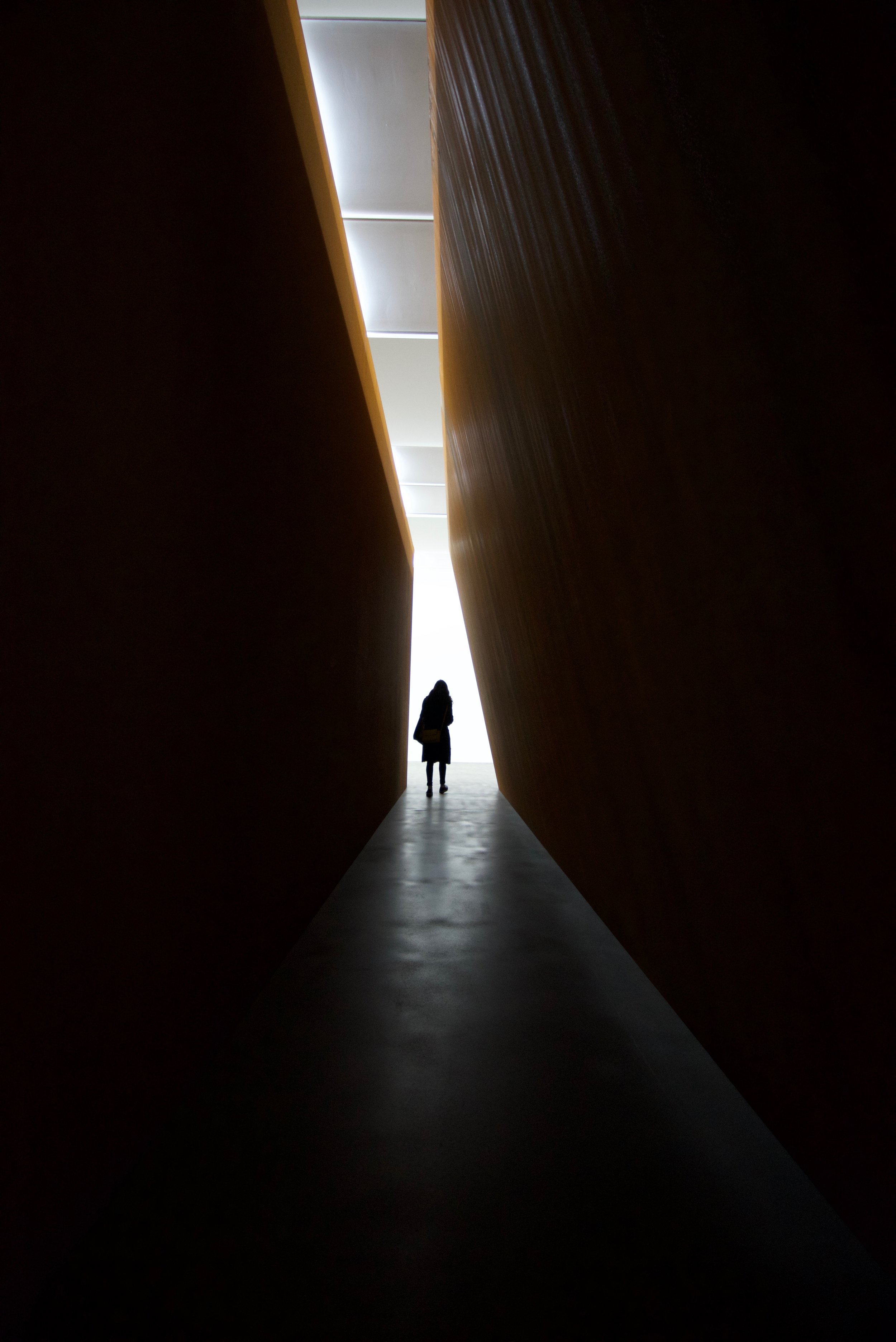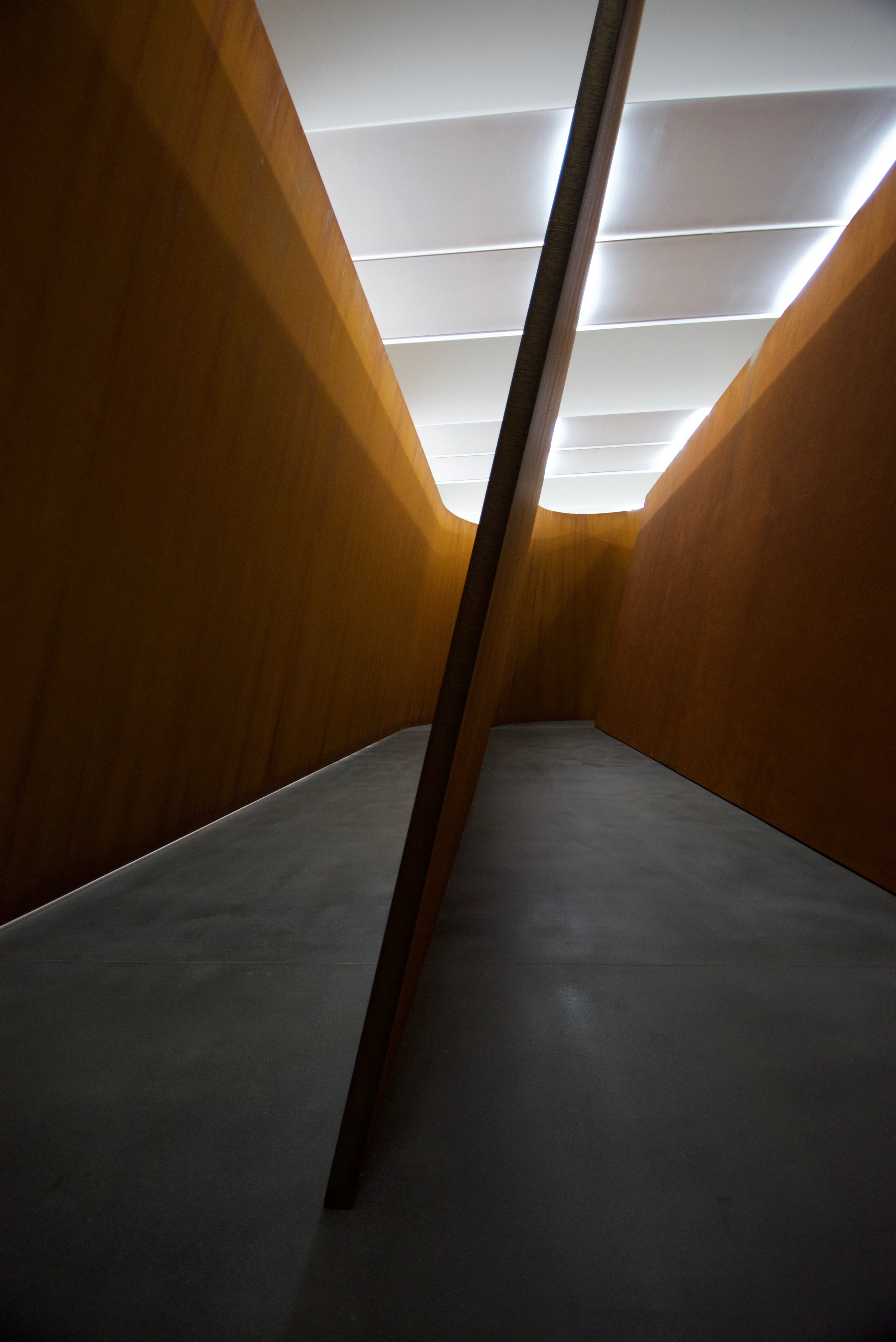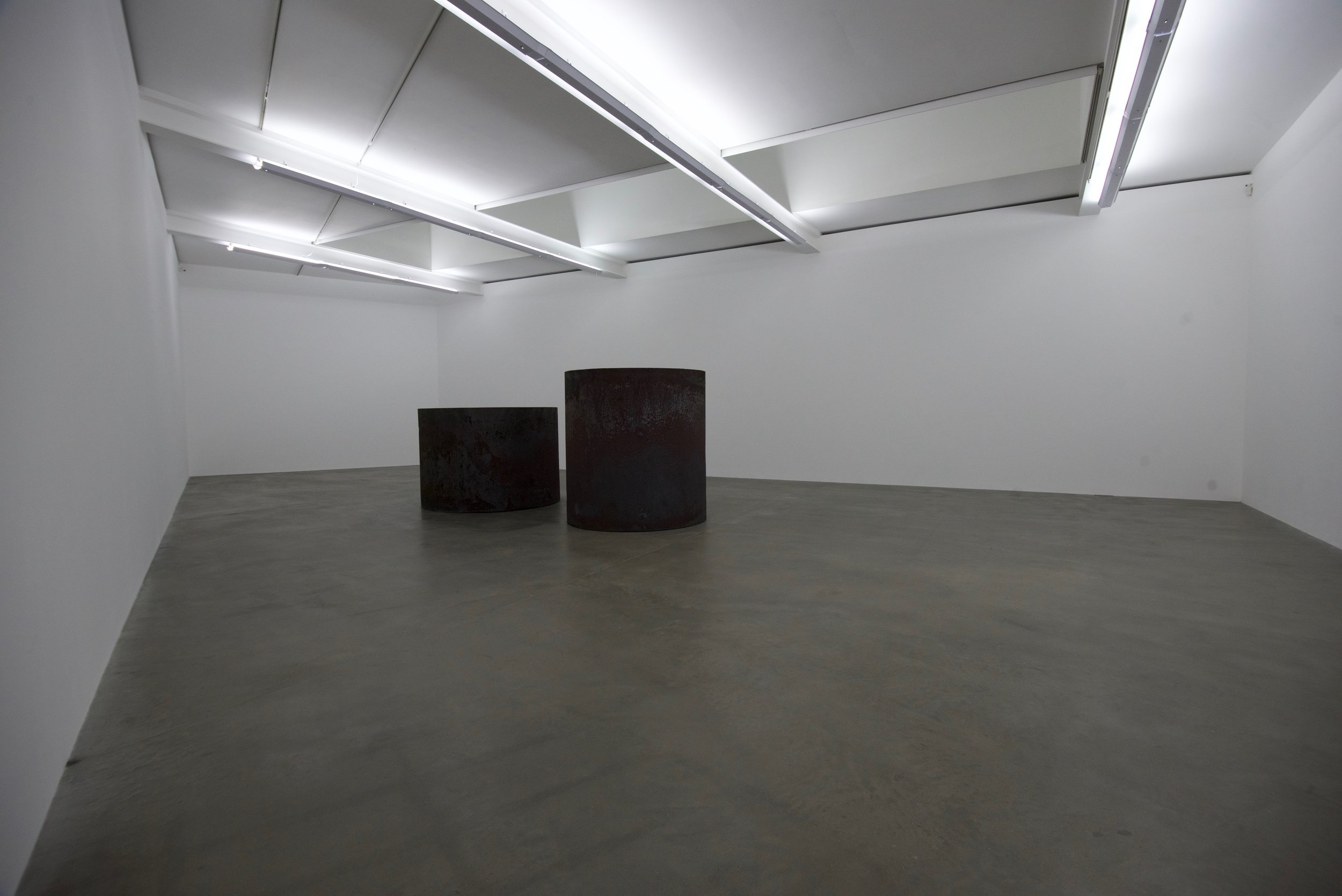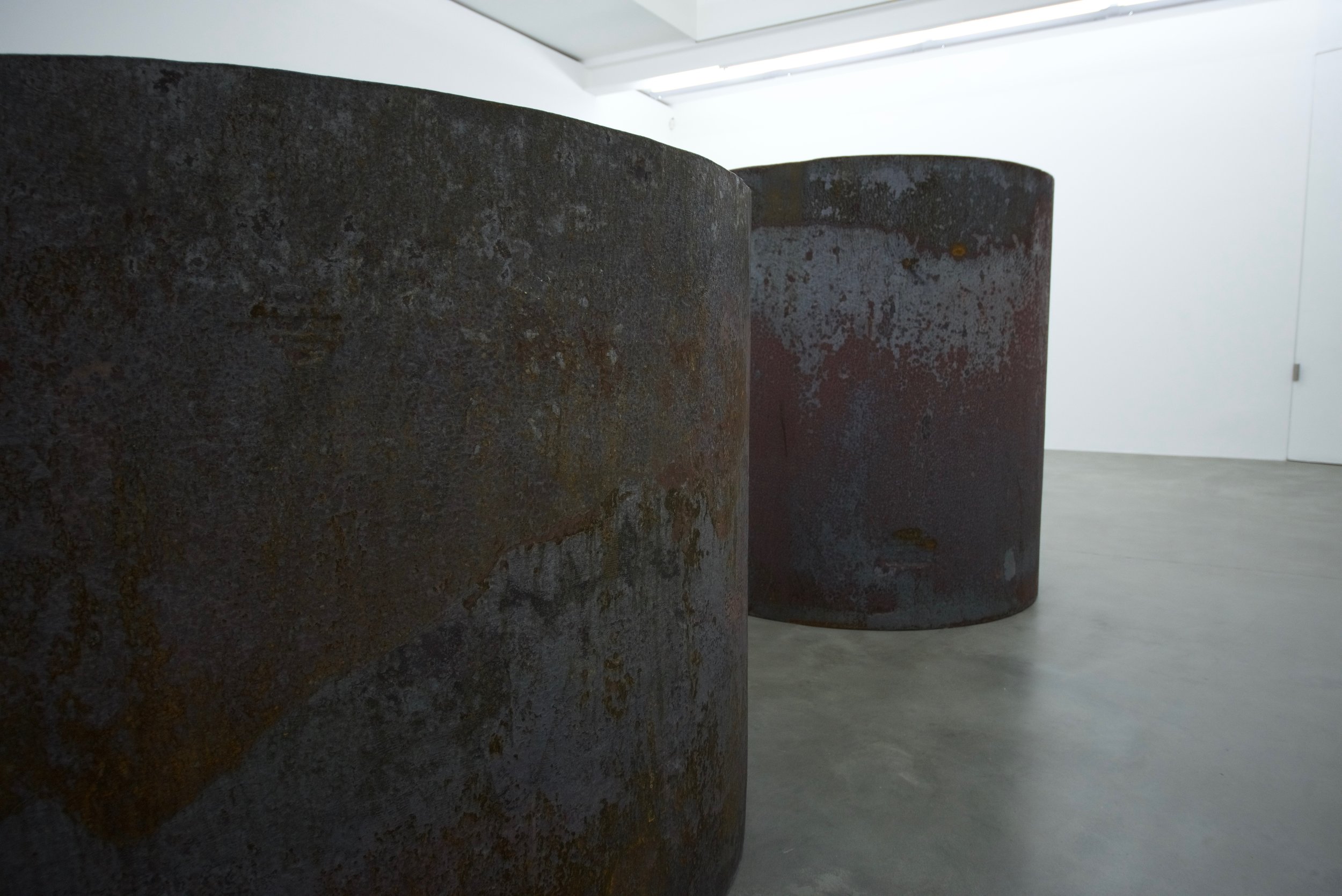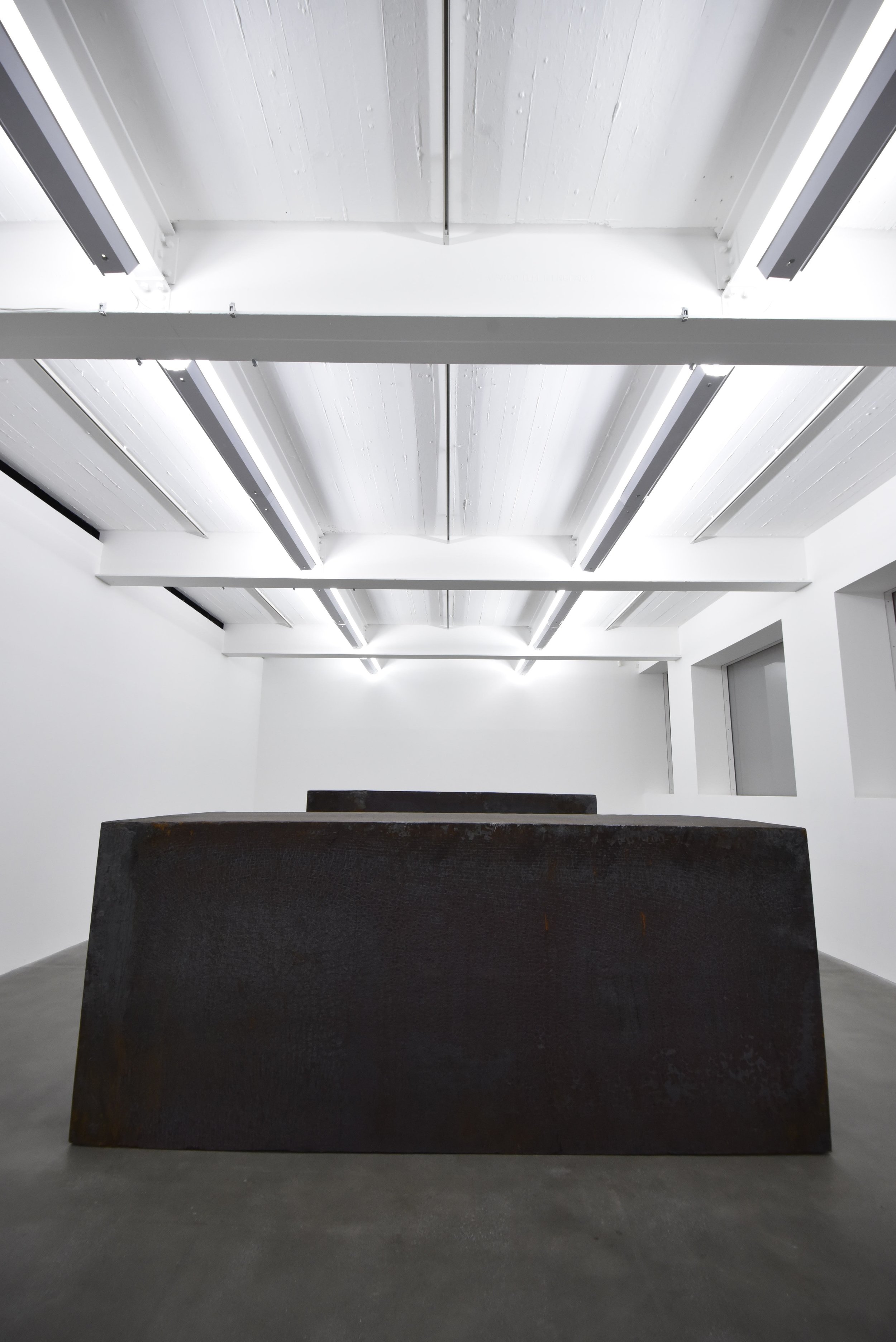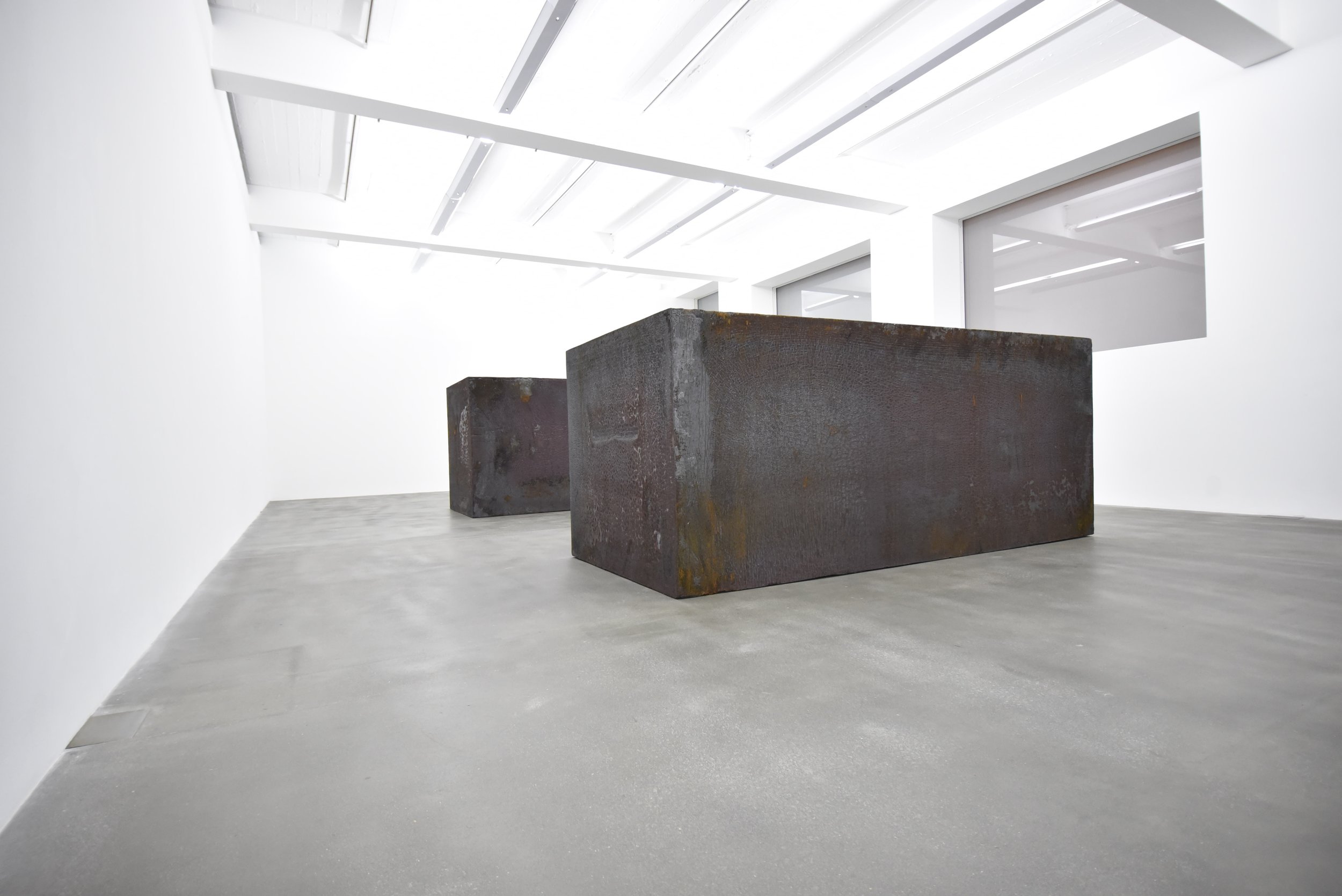Life presents hurdles more frequently to some than others. Clifford Farrell has overcome more than his fair share. In his 53 years he has witnessed half of his island obliterated by the Soufrière Hills volcanic eruptions, performed heroic acts, and experienced immeasurable tragedy. Mehmet Hassan discovers Farrell’s thirst for life, which remains irrepressible, punctuating his dark experiences with moments of joy.
I arrive panting and out of breath, a little behind time, but I am greeted with a smile. Clifford Farrell has one of those smiles that slowly flexes to a beam, and with his broad Caribbean accent asks, “You don't mind parking here while I run this order?” Sitting waiting within the lime green walls of the Paradise Passion cafe, stalls and shops closing all around the Nags Head Market, I am surrounded by photos of his family and friends. High above sits a pencil sketch that proudly displays the man gloriously, a muscular body built up over time and story.
An effervescent skinny boy growing up in idyllic surroundings, he describes Montserrat rhythmically as paradise, “It was luscious, green, mountains, valleys, waterfalls and hills; it was such a beautiful place culturally; as youth growing up, it was so healthy for us. Because Montserrat was small, everybody knows everybody, and that’s one of the things that keep you healthy.” During his formative years, Clifford ran everywhere. Zipping around the island, he became an athlete aged 16. Clifford's stamina for pushing himself surfaced, and he eventually started winning national events, explaining, “When I do something in my life, I always want to do it good, I want to win. I always like winning.”
His energy and resourcefulness was not overlooked. Despite having no formal education, official procedures were circumvented to recruit him to the fire service, “I was one of the best firefighters they ever had, one of the best drivers, best at extinguishing a fire, and best that could do a rescue.” His delivery is framed within fact, lacking bravado or arrogance. Underpinned by his caring nature and fitness, this new role suited Clifford brilliantly and in time would prove invaluable to Montserrat.
The Soufrière Hills volcano lay dormant for over a century, but became active in 1995, “The mountain top just blew off. I was the only firefighter in my village. When there was this eruption, with pyroclastic flow flying up in the air, then we had to get the people out. We were lucky. It was all down to me to help these people out.”
As the days flowed from one to the next, eruptions followed eruptions and darkness engulfed the island; the creeping severity could not be overlooked. The speed of the destruction exposed the island’s vulnerability. Remarkably, Clifford was brought to the UK for advanced search and rescue training, returning to lead a team tasked with removing people resolved to remain in their homes.
Operations were performed in near darkness. Clifford demonstrates to me how he would shuffle and feel his way through the villages, inching his way slowly, sensations hampered by heavily armoured boots. Horrifying scenes of death and destruction confronted Clifford and his team. People he knew. Lives tragically halted. “We went out to look for survivors, but all we get is bodies, bodies, things like these.” He shows me a pile of photos he keeps in a drawer. I spot a picture of twin sisters burnt rigid, contorted beyond recognition like petrified wood. Confronted with these horrifying images, I find it difficult to accept these are people, such is their resemblance to fallen statues.
The third day they flew out on helicopter, hovering over areas still baking from the pyroclastic flow — heat rising to burn the sky — making it near impossible to reach ground level. “We searched and found one man, he was alive, he was trapped, trapped between the debris and flow.” I can sense the adrenaline of that day returning as his speech quickens. “We know everybody, and everybody knows everybody, and I know that man, and me not gonna go back to base without that man. We need to get him. They said, ‘Cliff, it’s dangerous we can’t reach to get him.’ I’ll risk my life, I’ll volunteer to go get him. So they winched me down, I had on a heat resistant suit. I could bypass the heat. I could feel the heat, but wouldn't burn.
“I noticed he was crawling for safety, he had no legs,” gesturing to his calves, “all this burnt off.” Clifford shows me the photos of the elderly man strapped to his body, winched and flown to safety.
Within days he was standing elated in front of the Queen, receiving an OBE for outstanding bravery. By then half of the island was obliterated and deemed uninhabitable. The luscious beauty of the greenery was replaced with a grey lifeless skeleton. Clifford’s village was also destroyed by the great sulphur outlet. Large numbers were forced to emigrate, reducing the population to a third. Clifford and his family relocated to London.
Yet tragedy would return in the most personal and devastating manner. At the age of 18 months, his beloved daughter died after choking. Clifford began to withdraw, doubting his outlook on life, “Losing a daughter like that it’s going to kill you. Kill a lot of cells of my happiness in my body. That was the only thing that catch me. It did so for about a year, until I decided to get back up.” That’s where singing reggae music became a strong part of his life, and he began touring with local bands. A spiritual recovery ensued, and in 2006, he successfully progressed to the latter stages of The X Factor, but withdrew to care for his elderly mother.
“Life is harder now, but you can get it back. In a spiritual way, you might not get back the same things, but you can build onto that and move on.”
The elements in Clifford’s life are all here on the surface and readily available for all who care to ask. He professes to a hard life, yet the overriding image I have is that Clifford has refused to be beaten down by life. Rising time and again despite adversity, striving to achieve greatness, whatever form that may take. Music and his physicality are major themes in Clifford’s life, not a single aspect hidden away, and like the photos that bear witness to his life, instantly accessible.

